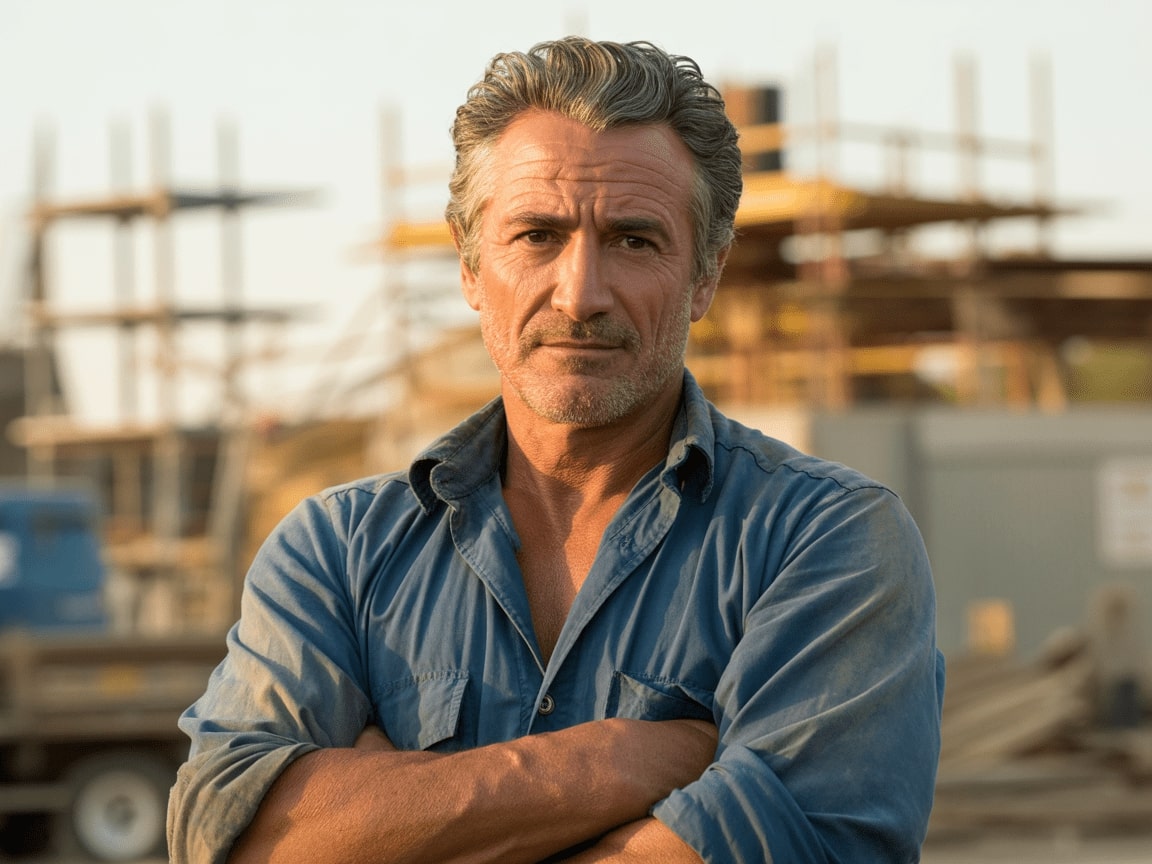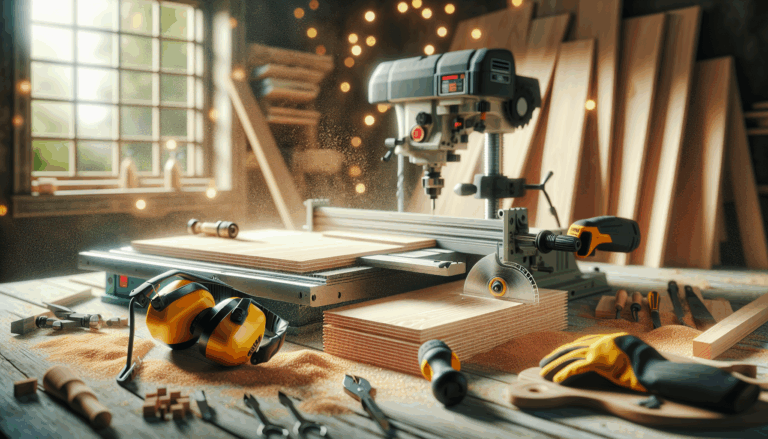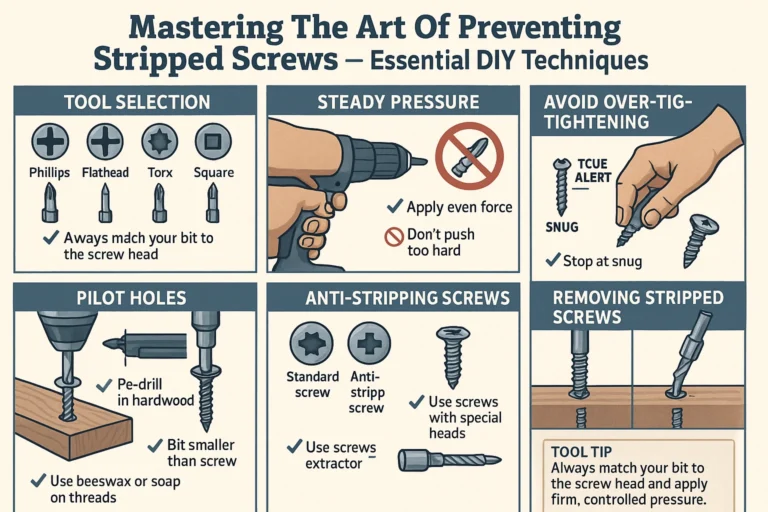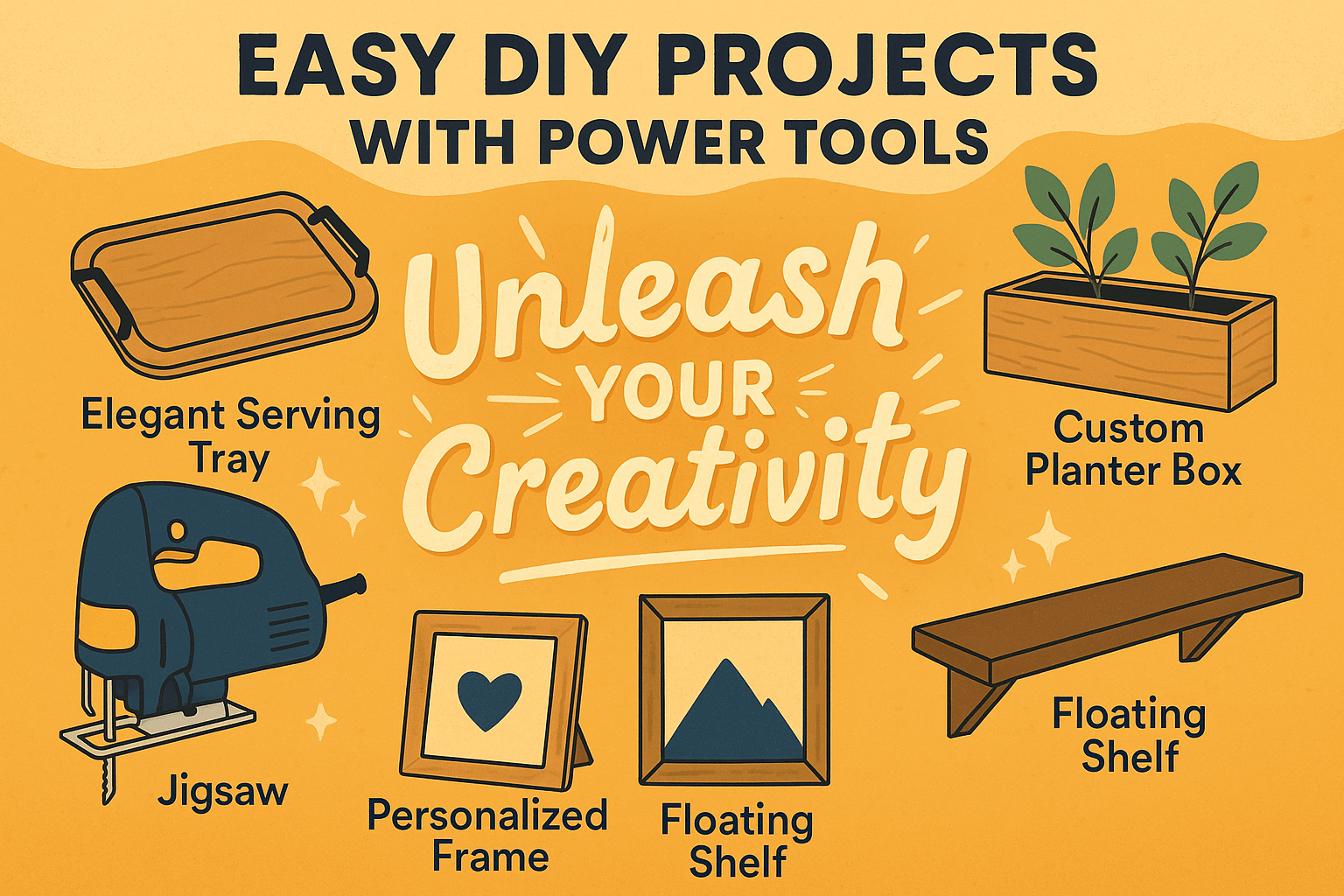When can you use a manual screwdriver instead of a drill?
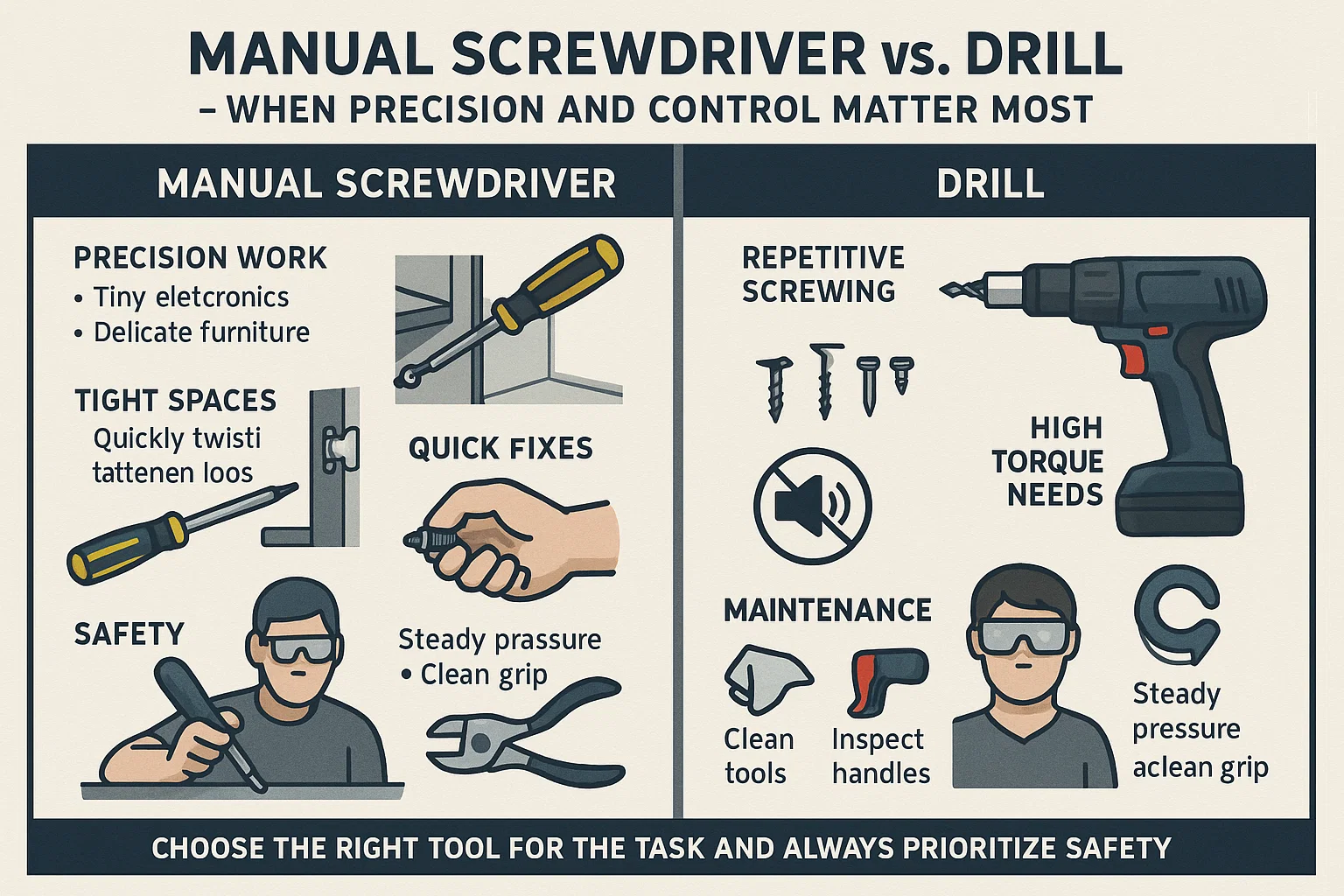
Introduction
When tackling various home improvement and DIY projects, one of the most fundamental decisions you face is whether to use a manual screwdriver or a drill. Understanding the strengths of each tool can significantly enhance your efficiency and effectiveness. Let’s explore the unique advantages of manual screwdrivers, the scenarios where they shine over drills, and some safety and maintenance tips to keep in mind.
Precision Work
One of the standout benefits of using a manual screwdriver is the precision it offers. When working with delicate materials or tiny screws, the control provided by a manual screwdriver is unparalleled. Unlike a drill, which can sometimes exert too much force and lead to overtightening, a manual screwdriver allows you to adjust the pressure exerted easily. This is particularly beneficial when you’re engaged in tasks like assembling fine furniture, installing small fixtures, or conducting repairs on electronic devices (Family Handyman).
Tight Spaces
Projects often present challenges when it comes to accessing screws in cramped areas. In such cases, a manual screwdriver excels. Its compact design enables it to maneuver into tight spots where a bulkier drill simply cannot fit. For example, in locations behind appliances, underneath cabinets, or inside cabinets, having a manual screwdriver on hand can make all the difference (Bob Vila).
Quick Fixes
For minor adjustments or quick repairs, reaching for a manual screwdriver is often a smarter choice than dragging out an electric drill. If you just need to tighten a loose screw or make a slight modification, a manual screwdriver can get the job done swiftly and without the fuss of powering up a tool (Popular Mechanics).
Noise and Vibration Sensitivity
In environments where noise is a concern—such as residential areas or quiet workplaces—a manual screwdriver stands out as the quieter option. Unlike drills, which can produce loud whirring sounds and vibrations, manual screwdrivers operate silently. This characteristic makes them an ideal choice for projects where discretion is necessary (Pro Tool Reviews).
Safety Guidelines
Regardless of the type of screwdriver you use, safety should always be your top priority. Here are some essential guidelines to follow for safe screwdriver usage:
- Protective Eyewear: Always wear safety glasses to shield your eyes from possible debris
- Tool Inspection: Check to ensure it’s in good condition before use
- Proper Technique: Apply steady pressure and avoid excessive force
Maintenance Tips
To ensure your screwdrivers last a long time and perform optimally, regular maintenance is essential:
- Routine Cleaning: Remove any dust, grease, or debris after use
- Handle Inspection: Regularly inspect for signs of cracks or damage
- Tip Replacement: Replace worn or damaged tips to prevent stripped screws
Conclusion
Both manual screwdrivers and drills have their respective strengths and applications in your toolbox. By understanding when to deploy each tool, you can execute your DIY projects with greater effectiveness and confidence. Remember to prioritize safety, maintain your tools properly, and choose the right tool for each specific task (This Old House).

